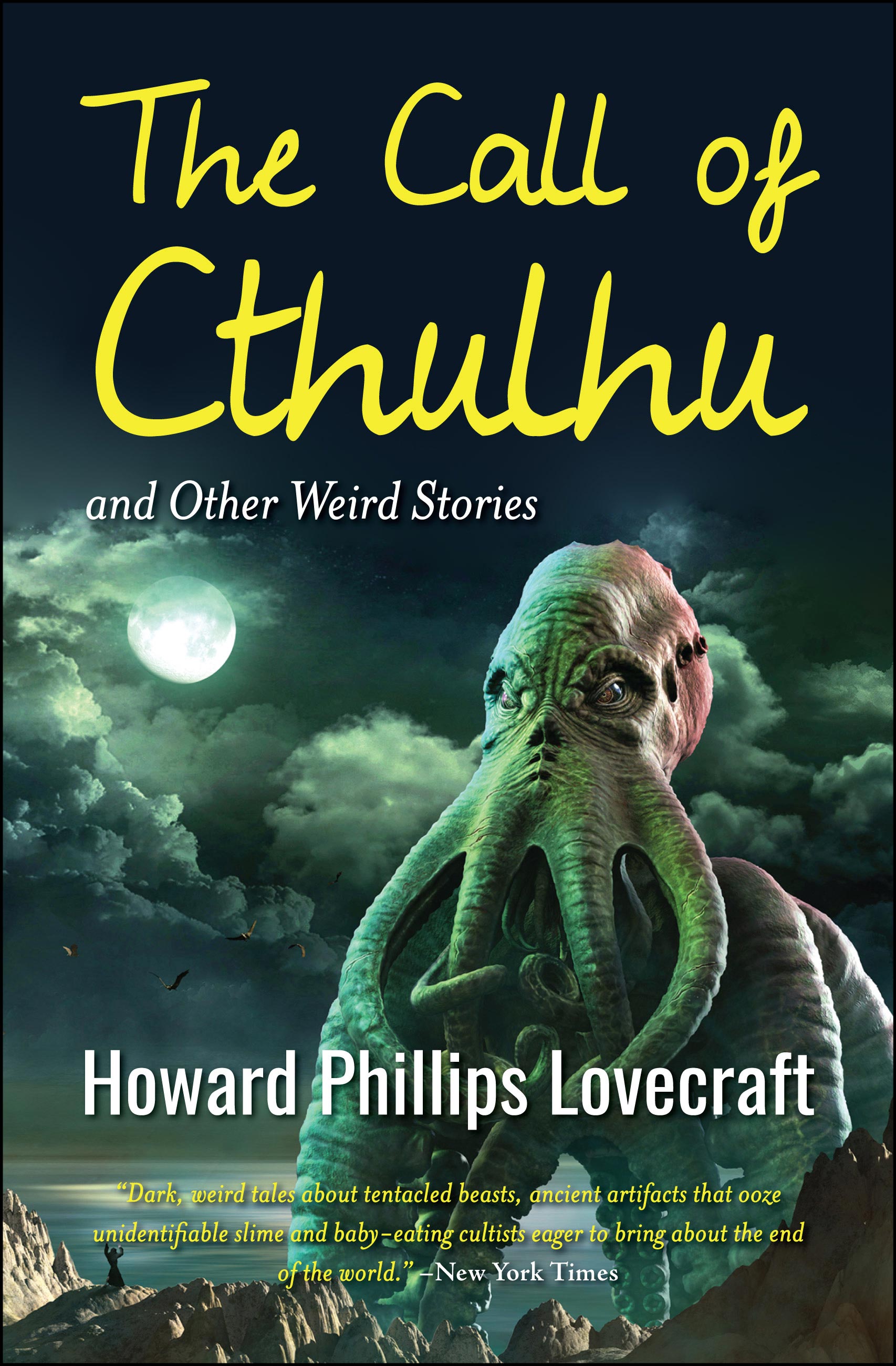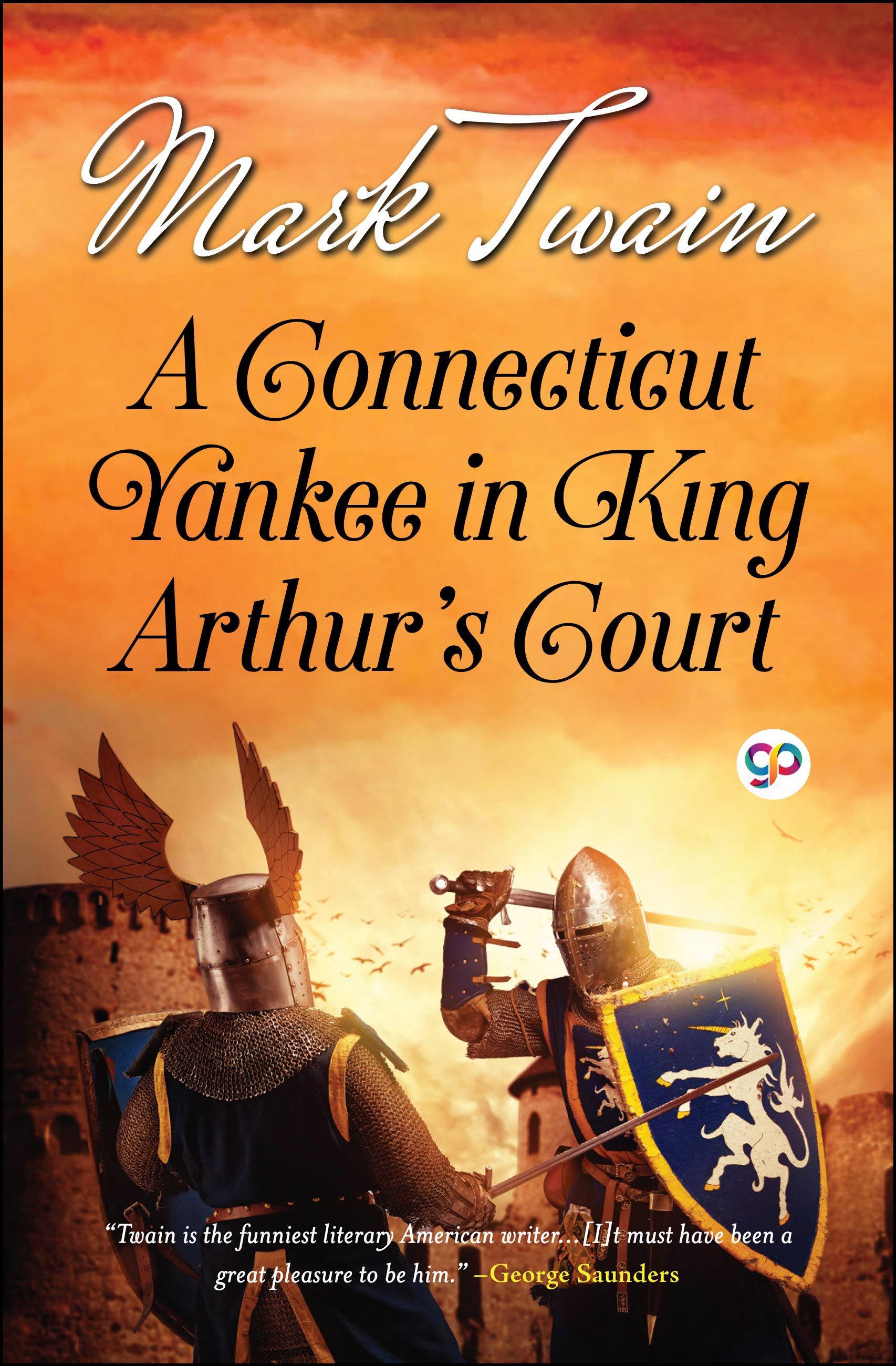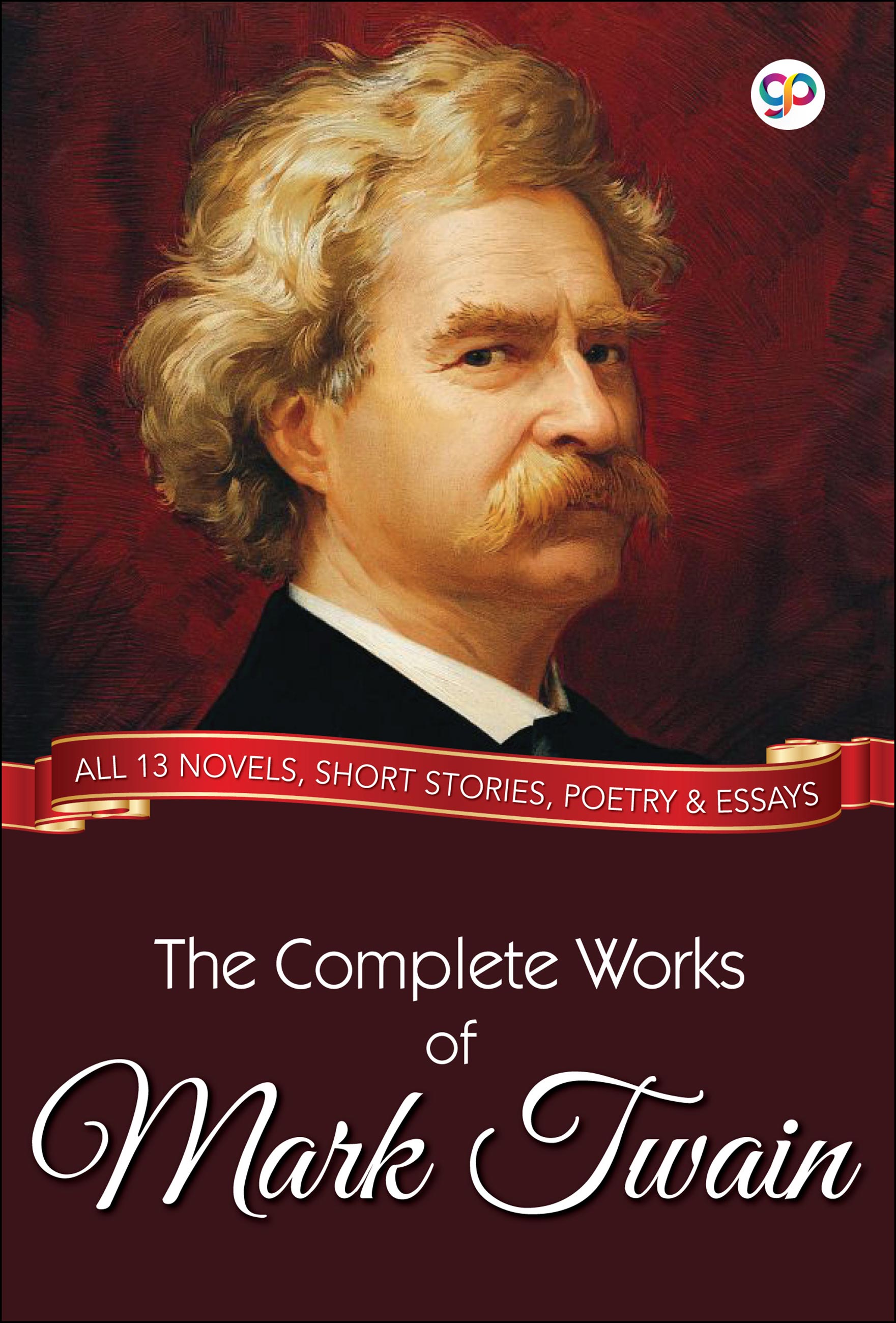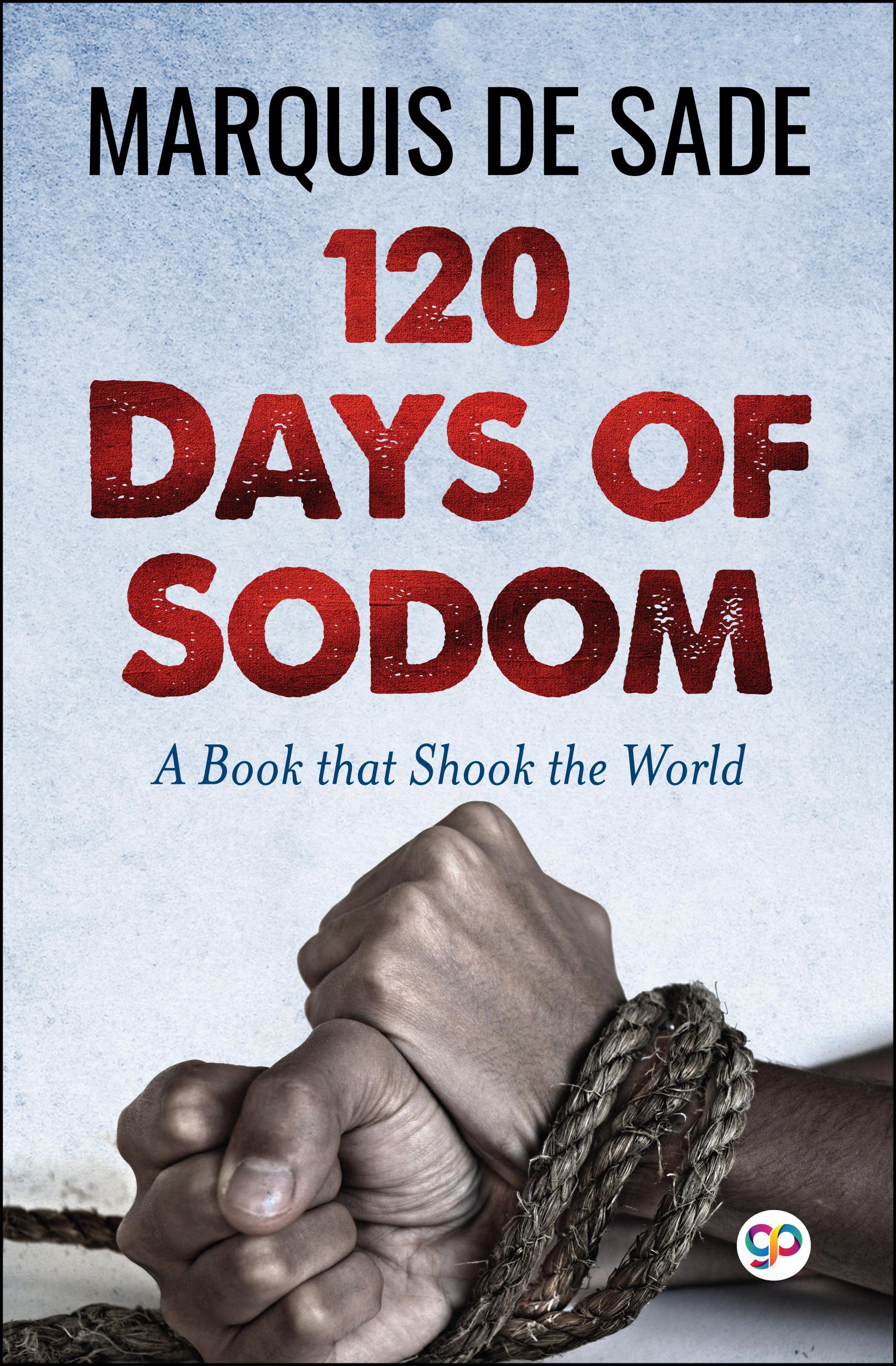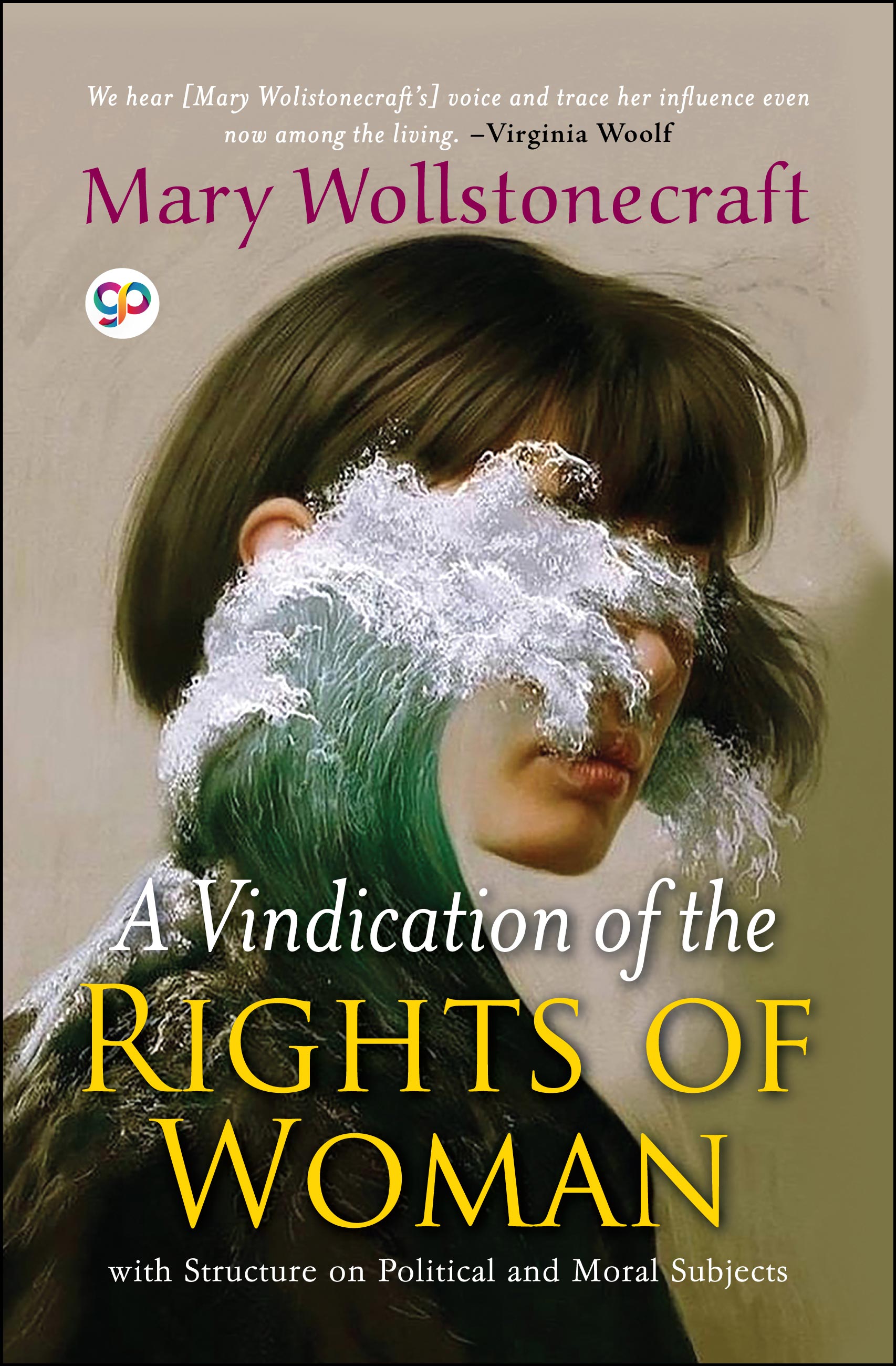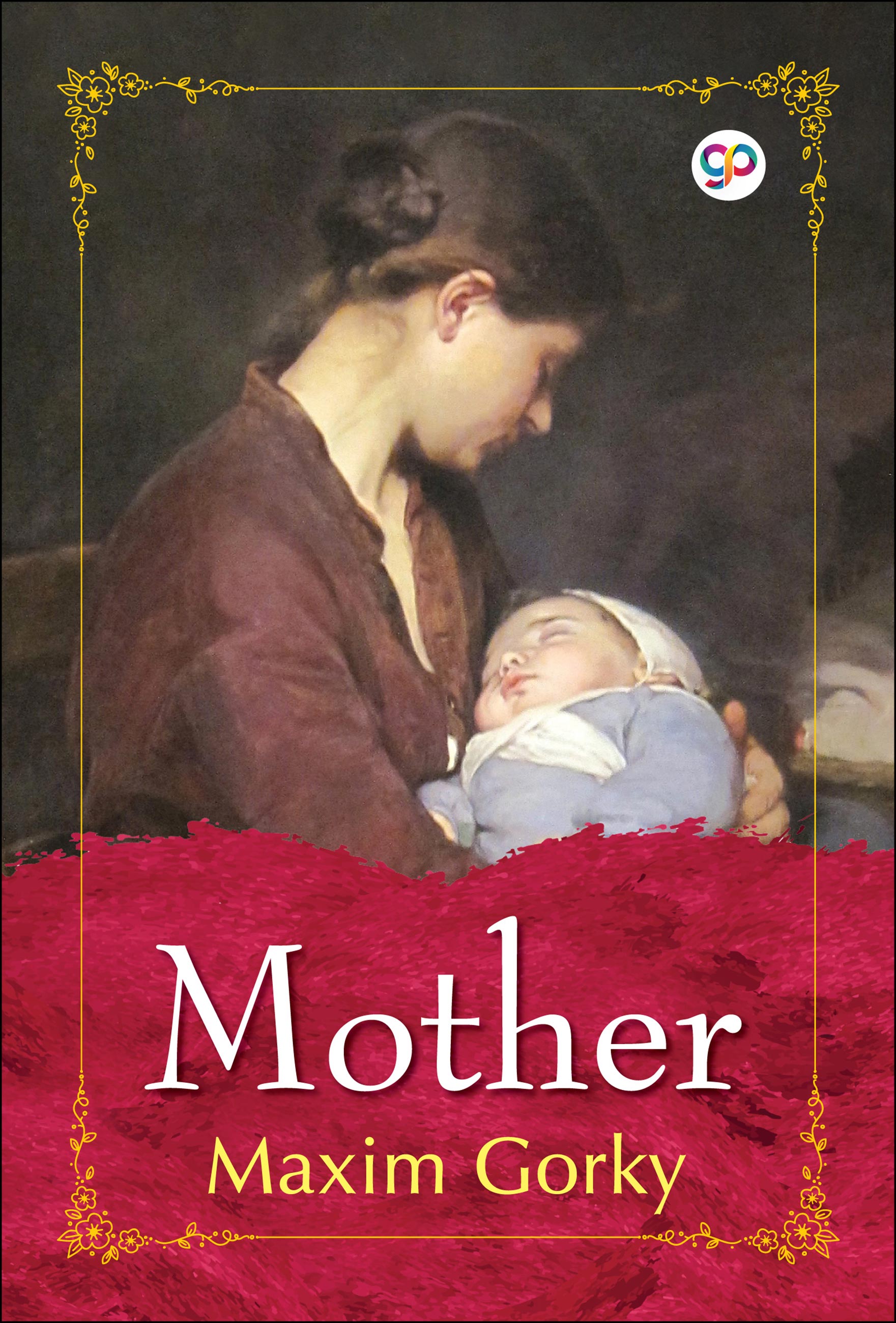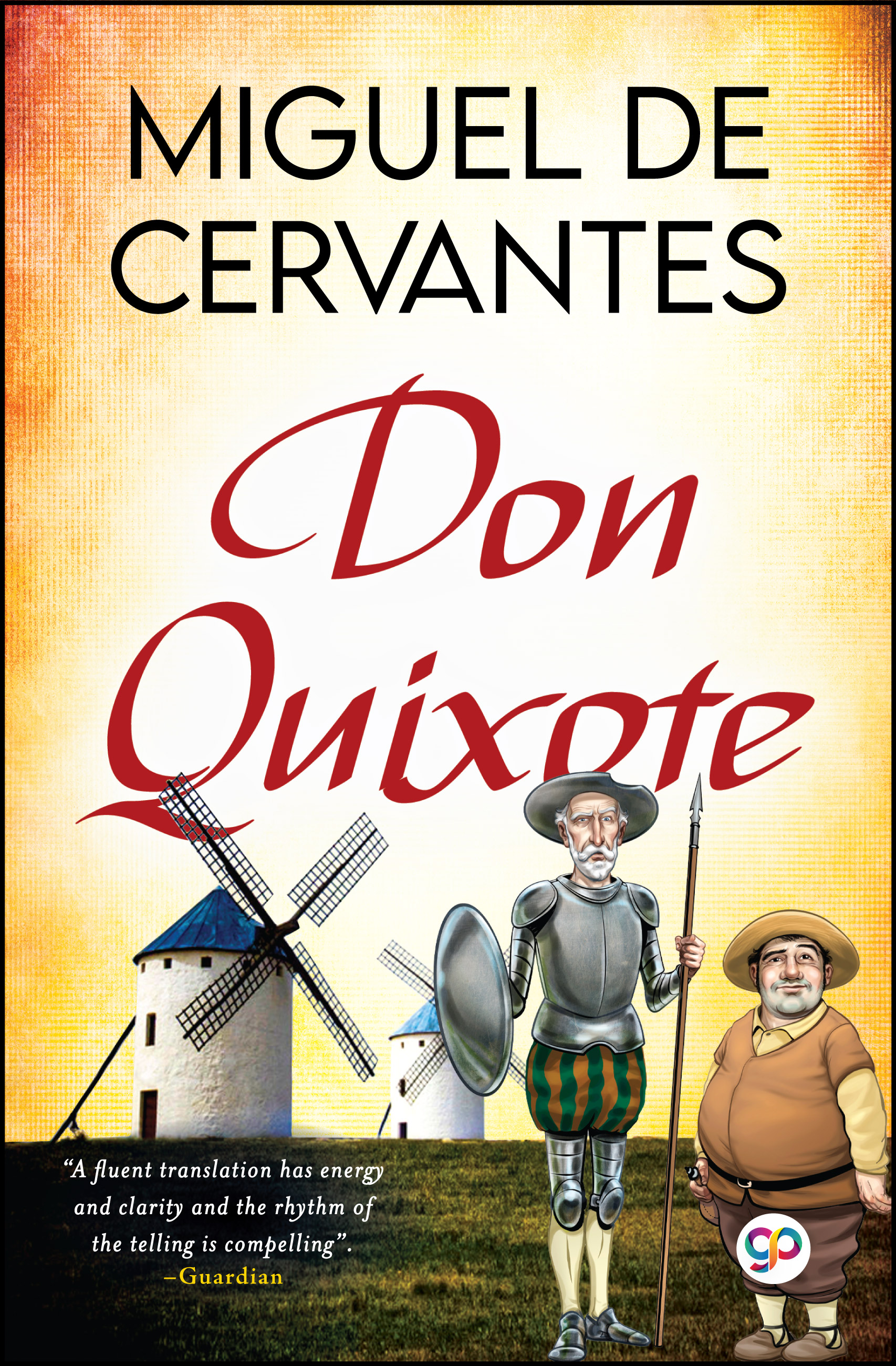
Don Quixote (eBook)
One of the most important books in literary history is "Don Quixote," a novel by Spanish author Miguel de Cervantes that was first published in two parts in 1605 and 1615. ‘Don Quixote’ is among the most important pieces of Spanish and international literature. It is significant because it possesses the earliest elements of the modern novel, including a drawn-out, intricate plot, well-developed characters, and a blatant critique of both society and the arts. Apart from that, "Don Quixote" is the book that has been translated and published the second most behind the Bible. It is regarded as one of the greatest fictional works of all time and laid the groundwork for western European literature.
Both the protagonist Don Quixote and his sidekick Sancho Panza rose to fame as cultural icons and representations of idealistic fighters—dreamers who are more infatuated with valor than triumph. This tale introduced the reader to the well-known emblem of a superfluous and invented conflict—the motive of the windmills, or the so-called "tilting at windmills." In reality, we are referring to the novel each time we use that phrase.
BEST SELLERS
About the Author
Miguel de Cervantes y Cortinas, later Saavedra was a Spanish novelist, poet, and playwright. His novel Don Quixote is often considered his magnum opus, as well as the first modern novel. It is assumed that Miguel de Cervantes was born in Alcalá de Henares. His father was Rodrigo de Cervantes, a surgeon of cordoban descent. Little is known of his mother Leonor de Cortinas, except that she was a native of Arganda del Rey.
In 1569, Cervantes moved to Italy, where he served as a valet to Giulio Acquaviva, a wealthy priest who was elevated to cardinal the next year. By then, Cervantes had enlisted as a soldier in a Spanish Navy infantry regiment and continued his military life until 1575, when he was captured by Algerian corsairs. He was then released on ransom from his captors by his parents and the Trinitarians, a Catholic religious order.
He subsequently returned to his family in Madrid. In Esquivias (Province of Toledo), on 12 December 1584, he married the much younger Catalina de Salazar y Palacios (Toledo, Esquivias –, 31 October 1626), daughter of Fernando de Salazar y Vozmediano and Catalina de Palacios. Her uncle Alonso de Quesada y Salazar is said to have inspired the character of Don Quixote. During the next 20 years Cervantes led a nomadic existence, working as a purchasing agent for the Spanish Armada and as a tax collector. He suffered a bankruptcy and was imprisoned at least twice (1597 and 1602) for irregularities in his accounts. Between 1596 and 1600, he lived primarily in Seville. In 1606, Cervantes settled in Madrid, where he remained for the rest of his life. Cervantes died in Madrid on April 23, 1616.

